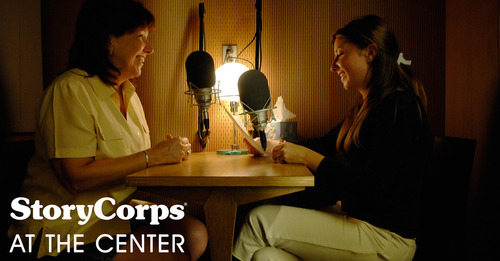by Aliza Schulman, Reference Services Research Intern, Center for Jewish History
This year, the first day of Hanukkah falls on Thanksgiving, creating what has become known as Thanksgivukkah. The Internet it abuzz with shirts, hats and recipes celebrating this rare event. But just how rare is it? When was the last time it occurred, and when will it happen again? This post breaks down the complicated calendar issues that resulted in this exceptional holiday, Thanksgivukkah.
This year, Thanksgiving falls on November 28, the fourth Thursday of November and the first day of Hanukkah. Since the Jewish holiday starts at night, the first night of Hanukkah is after sunset on November 27th. This means that Jews all over America will be lighting their second Hanukkah candle at sunset on the 28th, Thanksgiving night; the very same night they will be having a delicious Thanksgiving dinner.
Due to the complicated history of Thanksgiving, there are different opinions about whether Thanksgivukkah has happened before in American history. In 1863, Abraham Lincoln established Thanksgiving as a national holiday, to be celebrated on the last day of November. (Before this, each state determined when Thanksgiving would be celebrated.) Using this barometer, the last time Thanksgiving fell on the first day of Hanukkah—meaning Jews lit two candles at their turkey dinner—was 1888. But in 1942, Roosevelt decided that Thanksgiving should be the fourth, not last, Thursday of every November. So, if we are going to calculate by the current standard of Thanksgiving, then the last time Thanksgiving occurred on any day of Hanukkah was….well, never.
Now, to address the question of if and when this wonderful holiday will ever occur again. Stephen P. Morse and Jonathan Mizrahi have both calculated this rare occurrence, resulting in a slight discrepancy. Stephen Morse calculates that according to the post-1942 change of Thanksgiving, 2013 is the one and only time Thanksgiving will ever fall on the first day of Hanukkah. And by one and only time, I mean that the next time this could possibly happen is in the year 79,043.
(Additionally, the next time Thanksgiving falls on any day of Hanukkah will be 2070 and 2165. Both of these Thanksgiving dates coinciding with the first night of Hanukkah, meaning the first Hanukkah candle will be lit at Thanksgiving dinner.)
Jonathan Mizrahi has a slightly different calculation, citing that the “Hanukkah will again fall on Thursday, 11/28…in the year 79,811.” Whether Mizrahi means the first day (lighting one candle) or second day (lighting two candles) of Hanukkah falling on November 28 remains unanswered from his blog. Either way, both dates of 79,043 (Morse’s date) and 79,811 (Mizrahi’s date) fall far in the future.
Lastly, we turn to the question of why. Why are the overlap dates of Hanukkah and Thanksgiving so few and far between? For this answer, we look at the two different types of calendars that determine these holidays. Hanukkah is determined by the Hebrew calendar, which works off the lunar cycle. Thanksgiving is decided by the Gregorian calendar, which is based off the sun. These two calendars are slowly drifting apart, at a rate of 4 days every 1,000 years. So in about 80,000 years, the calendars will be in sync again, resulting in another Thanksgivakkuh. (One major caveat that exists to this theory is that the Hebrew calendar requires that Passover be in the Spring, which means that it will have to be adjusted.)
So, whichever calculation you choose to subscribe to, it is abundantly clear that Thanskgivukkah 2013 is a rare and special day. However you choose to celebrate—with latkes with cranberry sauce or with fall-themed Hanukkah candles—enjoy and take lots of pictures to capture this historical moment in our lifetimes!
References: Click here to visit Stephen P. Morse’s website, and here to visit Jonathan Mizrahi’s.

